New to the US – Here’s what you need to know about filing your taxes as an NRI in the US

- Green Card Test
- Substantial Presence Test

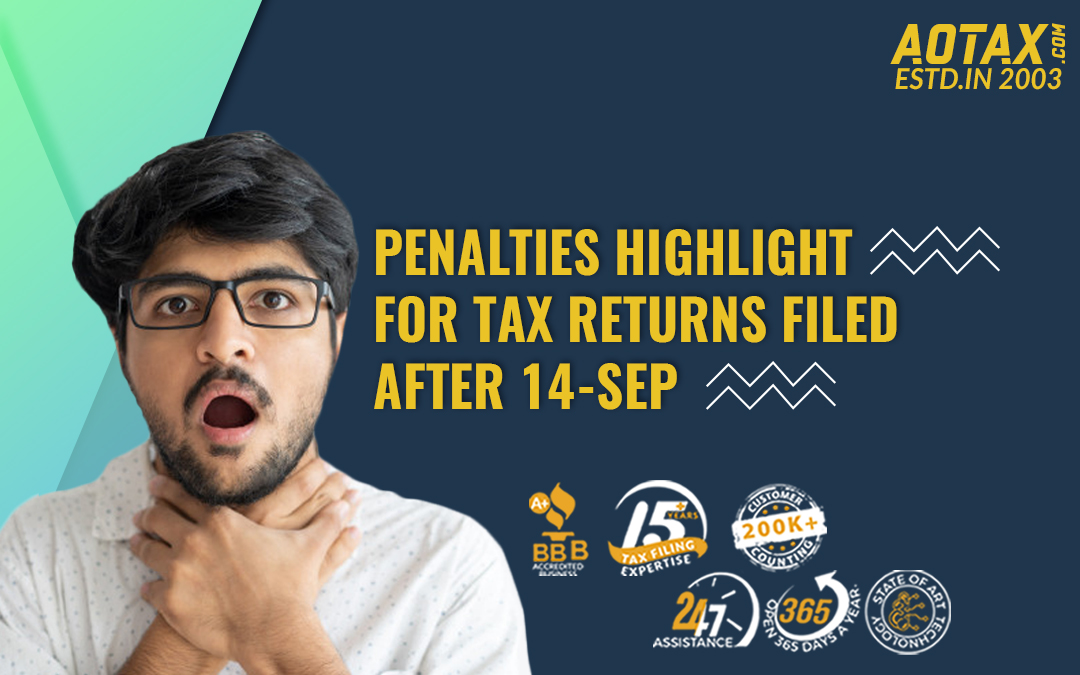
The IRS has very recently urged the US citizens to act immediately if they have taxes due and have not filed their tax returns for 2019. After 14th September 2020, the IRS would be imposing huge penalties on those who owe taxes and are not updated concerning their tax returns.
The deadline for tax filing was 15th July 2020 due to the adverse consequences caused by the pandemic COVID-19. Several taxpayers have submitted their request for an extension to file their tax returns would not be paying any penalties until 15th October 2020. However, it is an essential point to keep in mind that this extended period is for the filing of tax returns only and not for the payment of tax. Any tax which is due after the 15th July 2020 deadline would be considered as a failure to pay penalty and interest would be charged on it.
There are still many taxpayers who did not make an extension request but owe taxes; will be facing the failure to file the tax returns and also the failure to pay the penalties. It is advisable for these taxpayers to immediately file their tax returns and pay as much as they can before huge penalties are levied from 14th September 2020 onwards.
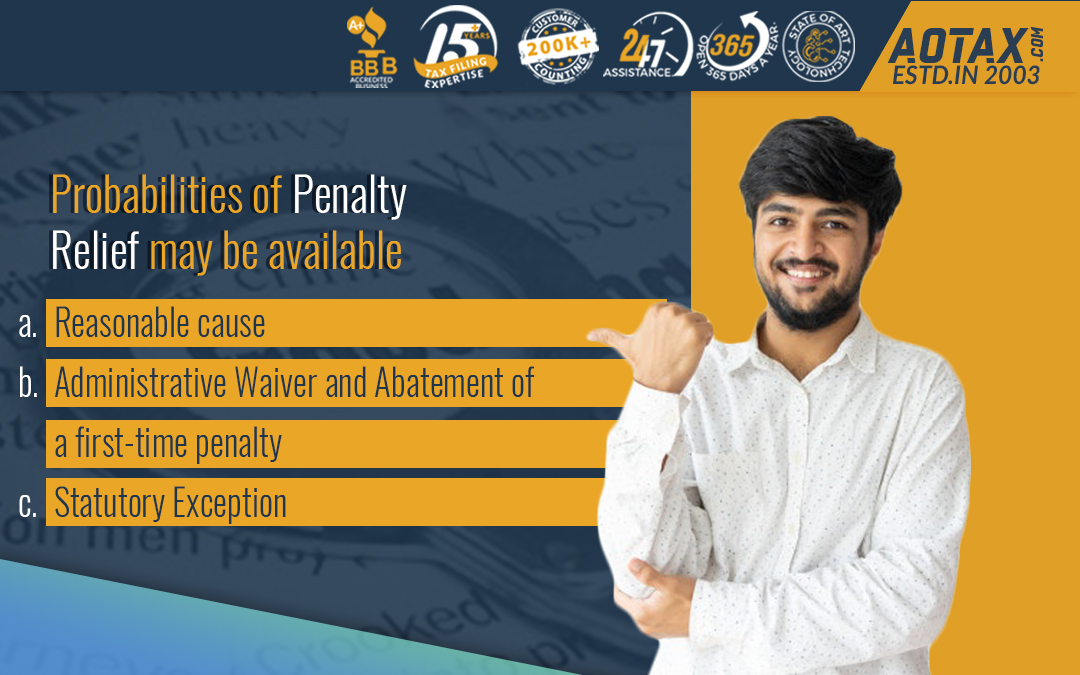
The reasonable causes for failing to file tax returns are:-
A taxpayer would be eligible to qualify for the administrative waiver from the penalties due to filing of tax returns late or for non-payment of taxes on time under the below circumstances:-
A taxpayer would qualify for a Statutory Exception if he has received incorrect written advice from the IRS. The taxpayer would have to submit various evidence to prove this such as
The taxpayer can file Form 843, Claim for Refund and Request for Abatement to request for penalty relief in case of incorrect advice obtained by the IRS.

If a taxpayer owes tax but is not able to make the full payment, then he can opt for payment of taxes by a payment plan which includes an Installment Agreement. A qualified taxpayer or an authorized representative is eligible to apply for a payment plan to make payments of the taxes over time. A taxpayer who is unable to pay the full amount must contact the IRS to know about the options available.
The IRS might provide options like short-term extension, and installment agreement or offer in compromise can be offered, etc.
Hence, taxpayers must be alert and file their tax returns before the deadline if they have not done so to avoid huge penalties.

The pandemic COVID-19 has created a lot of financial problems for people across the country. People from every profession are facing several economic issues due to the coronavirus and are continuously struggling to lower the impact of the pandemic on the profession/work-related front. However, if you are a small business owner then your business must have been impacted badly by the spread of the COVID-19. So, one of the ways by which you can be able to obtain some financial aid during these challenging times is through the US Small Business Administration (SBA) Debt Relief Program.

The SBA is a part of the $2 trillion packages offered by the US Government under the provisions of the CARES (Coronavirus Aid, Relief, and Economic Security) Act. It can be described as a debt-payment assistance program that would help in providing immediate relief to the various small businesses in the United States with the help of Small Business Administration Loans.
By the SBA Debt Relief Program, financial assistance can be provided to small business owners by making a payment of principal, interest, and any other fees which the borrowers owe for the current 7(a) loans, 504 loans, and other Microloans as well.
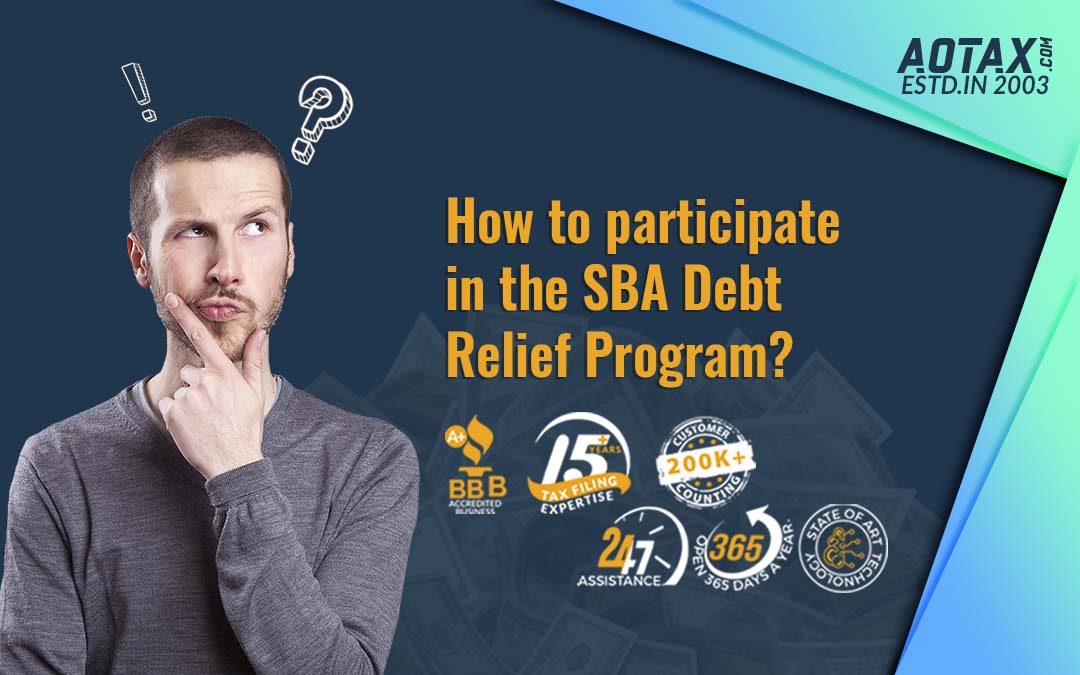
If a business is eligible to participate in the SBA Debt Relief Program there is no need for any application. Participation is automatic. The SBA has given instructions to the different lenders for not collecting any loan amount during the debt relief period. The SBA has said that it would make the loan payments for these borrowers. According to the provisions of the CARES Act, the SBA should start making the payments within a month of the date on which the first payment of the loan taken needs to be done.

Can you get a PPP loan even if you have received the SBA debt relief?
Yes, even if you have received the SBA Debt Relief you can fill an application for obtaining the PPP loan. You must keep in mind that the procedure for obtaining a PPP loan is different from that of the process for obtaining the SBA Debt Relief.
So, the SBA Debt Relief is an excellent initiative by the Government to alleviate the distress caused to the economic condition of the small businesses within the country due to the pandemic COVID-19. The borrowers might have several queries related to the SBA debt relief program and must contact their lenders for this purpose.
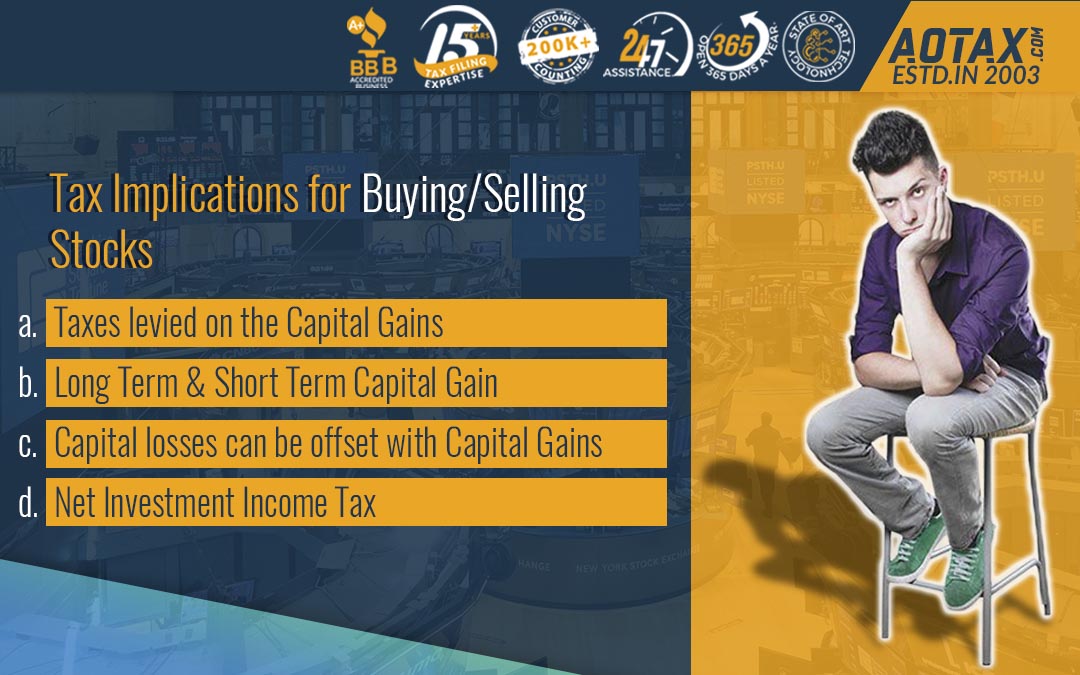
The pandemic COVID-19 has created an adverse impact on the economy of the entire world. Millions and millions of Americans have taken the advantage of the low stock prices and purchased many stocks. Many have sold their stocks and withholdings due to market fluctuations and economic causes too.
However, if you have sold or even purchased stocks during this pandemic stricken period you must be willing to understand various tax implications on this. Moreover, you might also be inquisitive to understand the differences between long term and short term capital gains.
So, let us talk about some of the major areas and topics associated with the tax implications on the stock market.
On selling of the shares of winning stock, you would have created Capital Gains. If you are selling your shares during a downturn, you must keep in mind that you might obtain again depending on the duration for which you have held the stock.
Suppose, you have sold a stock at a rate of $80 per share, which is d downturn from the $100 price of each share. You might think that this stock has lost its value and is apt for sale; however, if you would have purchased the stock before 10 years at the cost of $20 for each share you will have a $60 gain and not a $20 loss on each share.
So, in case you had 100 shares of that stock your cost price at the $2000. By selling the shares at $8000, you would be able to recognise a long-term capital gain which would be at around $6000.
In case, you are in the tax rate bracket of 15% long term capital gains then you would have to pay federal taxes of around $900 when the stocks are being sold.
In case you have been holding a security for a period of more than 1 year, then on the sale of that security, you will be eligible to obtain long term capital gains at the tax rates of 0%, 15%, or 20% based on the income.
Capital losses can be offset with Capital Gains
You should not feel disheartened if you have sold the losing stock and have faced capital losses. You can offset your capital losses with your capital gains. This procedure is known as Tax harvesting where investors realize their capital losses and offset their capital gains.
Suppose, you had a capital gain of $10000 from the sale of a particular stock whereas, you experienced a capital loss of around $8000 on the sale of another stock. So, in this case, you can deduct the capital losses from capital gains. You would obtain $2000 long-term capital gain thus, reducing your capital gains and taxes.
For instance, if your capital losses are greater than your capital gains, then you can deduct up to $3000 in a year in the form of allowable capital losses against the non-investment income. This would help lower your overall taxable income.
However, in the case of 2020 if there has been a loss of $8000 by the sale of stock then there are no gains offset it against. You can deduct $3000out of that loss against the non-investment income. The remaining $5000 can be easily carried forward into the subsequent years. This can be either deducted against the future capital gains or can also be written off against the non-investment income. This can be done at the rate of $3000 in a year until the complete loss has been deducted.
This is an additional tax that you might face depending on your income. The IRS had started implementing the Net Investment Income Tax for partial funding of the Affordable Care Act.
By this, an additional tax of 3.8% would be imposed on your investment income if the thresholds are exceeded by your Modified Adjusted Gross Income.
These thresholds can be listed as
The Net Investment Income Tax applies not only to the income from capital gains but also the investment income which has been derived from dividends, interest, rental income, royalty income, and also non-qualified annuity income.
So, this information would be helpful for you in understanding the various tax implications imposed on the purchase or sale of stocks.
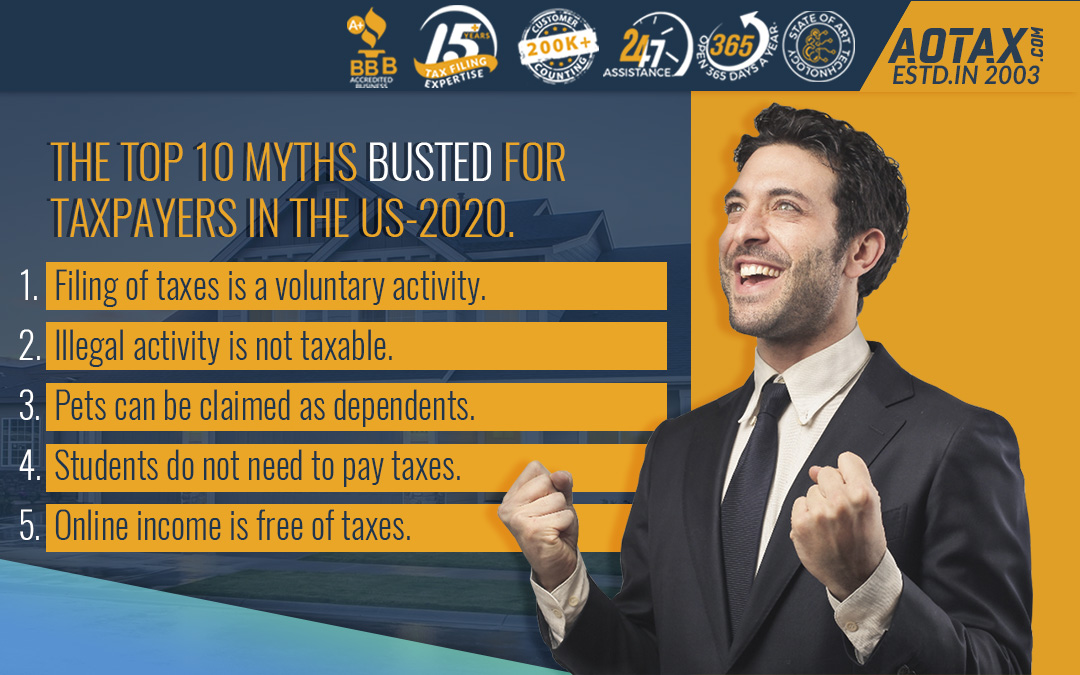
It is quite obvious that there are some common misconceptions among the taxpayers related to various facts related to taxes. Some taxpayers feel paying taxes is not necessary and can be avoided whereas certain tax deductions have been labeled as loopholes. Some taxpayers even follow the bad tax advice from others blindly and land up in troubles.
So, let us understand some of the major myths associated with the taxes in the US and debunk those myths to be better taxpayers.
Even if this can be considered as falsehood, there are a large number of people who believe in this. These people think that due to the Form 1040 instruction book, the tax system is voluntary and people are not legally liable to pay taxes.
Here the term voluntary means that every individual would find out how much tax they owe, but has no relations if the filling of taxes is done on time or not. Unless there is a legal dispute, it is a bad idea to think about such theories to contest with the IRS.
Even if performing illegal activities is wrong, it cannot be considered non-taxable. The income obtained from illegal activities is taxable. If the entire scenario is being considered from a tax perspective, then the IRS does not care whether income obtained is by robbing banks or by defrauding investors. When an individual is making money, the Government is entitled to receive its share. The person can be very good at covering the tracks but, if illegal income is made and on top of that tax cheating is done it is sure to be exposed.
A person might love his pets up to any extent, but he cannot claim them as dependents. Pets indeed obtain half of their financial support from the masters; but, they are not humans. If a dependent is being claimed falsely, then it would be counted as a fraud and must be avoided.
It can be said that this myth is partially true. If a student is being claimed as a dependent of someone else who has an income less than $12,200, then he would not have to pay taxes. But, the students should file their taxes. If the student would have an employer who would be withholding money due to some purposes then the student can receive a refund.
This type of rumor might have started as those who are doing business online do not fill the Form W-9 and report their income to the IRS. But, the IRS does not consider income earned from online different from that of the income earned offline. Irrespective of the medium, if you are earning more than $400 you will have to declare the income on your tax returns.
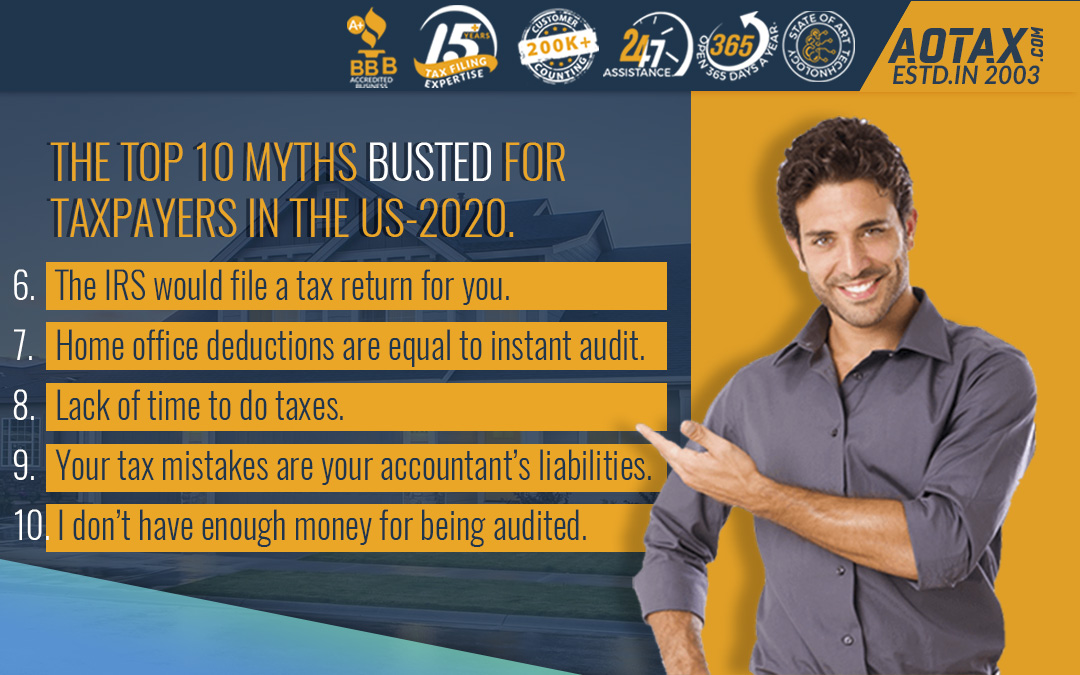
IRS can verify your tax returns but waiting for your returns to be filed by the IRS would be quite disappointing. Your tax returns have to be filed by you only and you cannot depend on the IRS for that.
There was a time when this myth was almost considered to be the truth. But, with home offices becoming quite prevalent this fact has become a myth now. Claiming a home office would increase the scrutiny but they are quite common and reduce the fear of claiming a legitimate deduction.
Since we have already covered the fact that taxes are not voluntary lack of time for not filing your taxes does not form a considerable factor anymore. There are several options available for making tax filing easier and lack of time cannot be considered anymore.
Even if you are hiring an accountant, the mistakes made in tax filing are your responsibilities ultimately. You should not assume that your accountant must have taken care of all details; rather you must double-check the details before the returns are filed.
You might think that if your income is less you will not be audited by the IRS. However, your income has less connection with you being audited. Many other factors play an important role in your audits rather than your income. Even though the probability of being audited is more for those individuals who fall under the income bracket of $100k, still those falling below this bracket can also get audited. You must maintain a detailed record of any income which can be considered as questionable.
So, these myths are the mysteries which many taxpayers in the US believe. However, these myths are far away from reality and taxpayers should avoid getting confused with these myths.
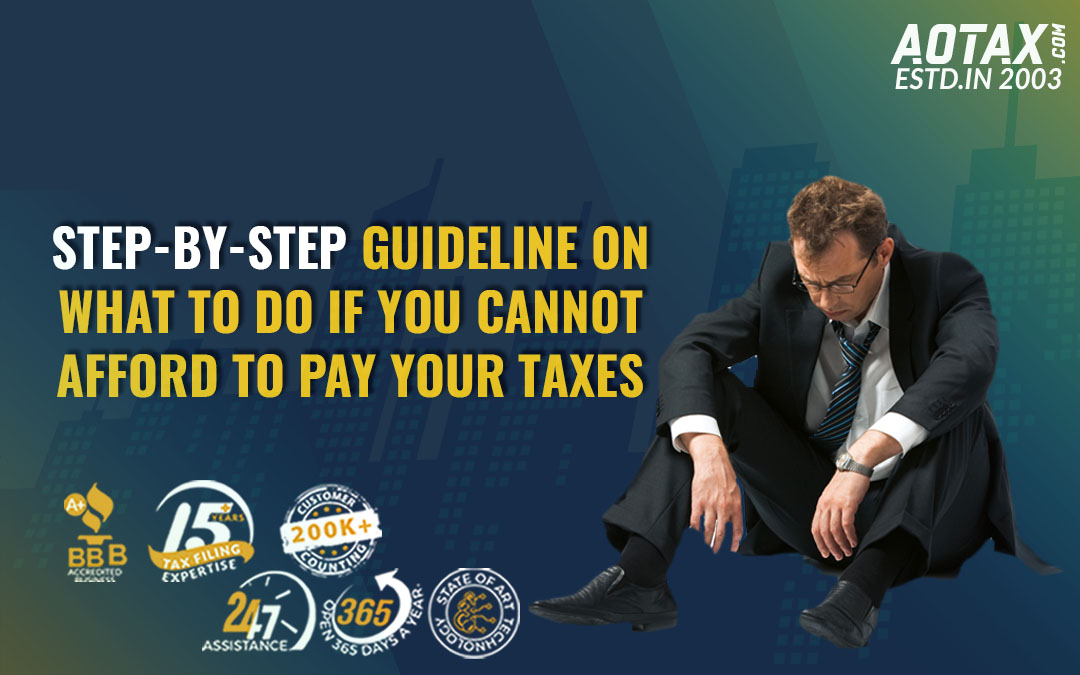
The IRS had extended the tax return filing and payment deadline until 15th July 2020 for the Americans to alleviate the financial crisis faced by millions of Americans due to the pandemic COVID-19. However, the pandemic has led to the unemployment of millions and millions of Americans. So, even with the extension in the return filing and tax payment deadlines, it is quite difficult for some Americans to pay their taxes on time.
The IRS has a simple reminder for the taxpayers who cannot pay their entire amount of federal taxes which they owe. They should file their tax returns on time and pay as much as possible. By this, the interest and penalties of taxpayers would reduce and there would not be much accumulation of interest to pay back.
If a taxpayer plans to pay his taxes as much as he can afford, then the IRS has some convenient methods to do this i.e. by IRS Direct Pay Method, Electronic Federal Tax Payment System (EFTPS), Electronic Funds Withdrawal, Debit or Credit card, or by Check/Money Order, etc.
However, for those taxpayers who feel payment of taxes are unaffordable at the moment; they can follow a detailed plan.

As said earlier, due to the pandemic COVID-19 the deadline to pay the Federal taxes has been pushed to 15th July 2020. However, with this extra time, taxpayers should not wait much more to file their taxes. Taxpayers must consult tax professionals for filling the forms. By this, the credits and deductions to lower the bill can be found out easily.
Many taxpayers might consider the option of the deadline extension. However, the extension would provide more time for filing the tax returns but not for
paying the taxes. Even if there is an extension, the tax payment must be done on time. So, an extension should only be filed by the taxpayers if due to some reason the taxpayer is not able to file the tax returns on time.
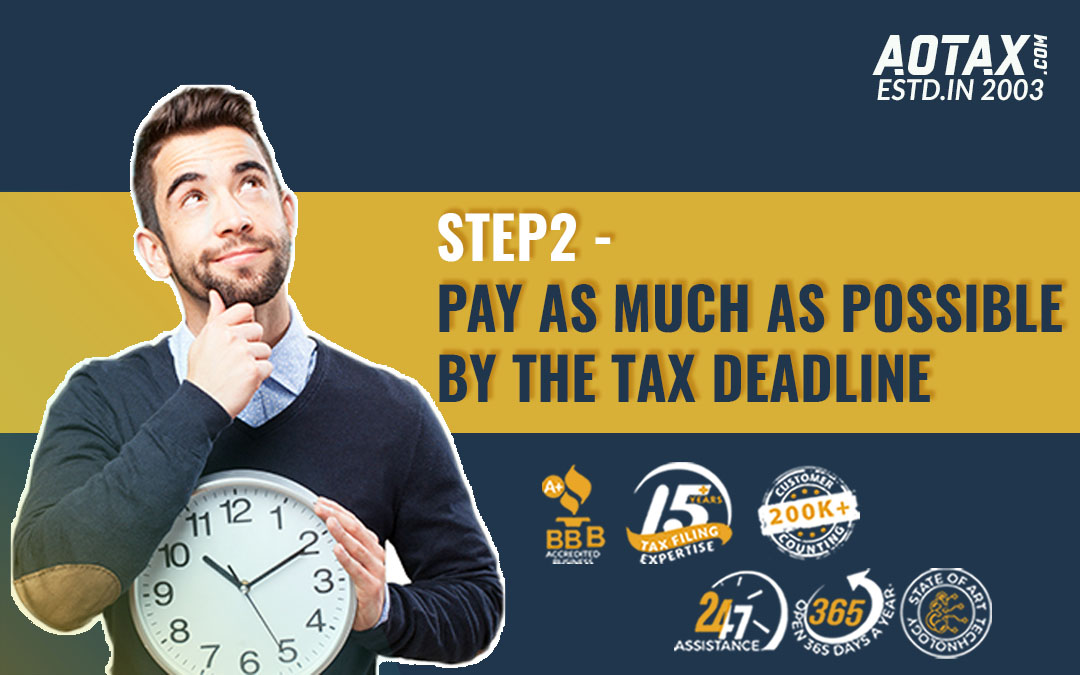
This is also recommended by the IRS that the taxpayers should wait till the deadline, try to arrange for the tax amount, and pay off as much as possible. Some taxpayers even prefer discarding some of their unwanted materials in exchange for cash which can be utilized in payment of their taxes which are due.
Taxpayers can contact the IRS on the toll-free number to discuss alternate payment options. IRS might help the defaulter taxpayers with other payment options like a short-term extension to pay the taxes, an
agreement for installment, an offer in compromise, or by temporary delay in the collection by reporting that the taxpayer’s account is currently not collectible until the taxpayers can afford to make the payment.
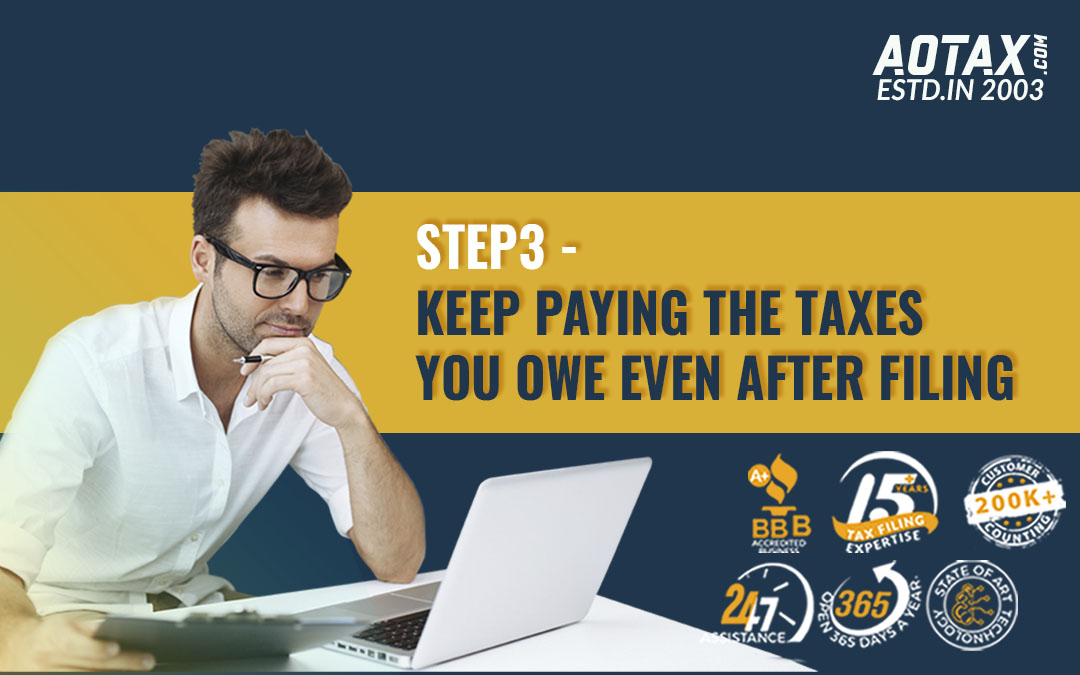
Even after Tax Day, taxpayers would have a period of around 1 month or 2 months before the IRS would contact them about the rest of the tax payment. During this available time of 1month or 2 months, taxpayers should try to pay out as much as possible to reduce the balance left out.
In case the taxpayers are not able to make their complete payment by this time, the IRS would suggest options for making the rest of the payments in monthly installments.

You should approach a tax professional and try to work with him or his team to ensure that you are not stuck with the problem of unaffordability related to tax payments. This can be feasible either by setting aside profits from a side business or by the adjustment of withholdings from your paychecks.
Your issues can be best identified and rectified by the tax professionals so that these issues are avoided in the future.
Hence, you can follow these steps and try to pay off as much tax as you can. Avoiding the aggregation of penalties is important to avoid any further financial and economic hardships.
Recent Comments